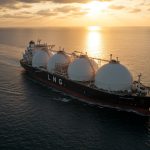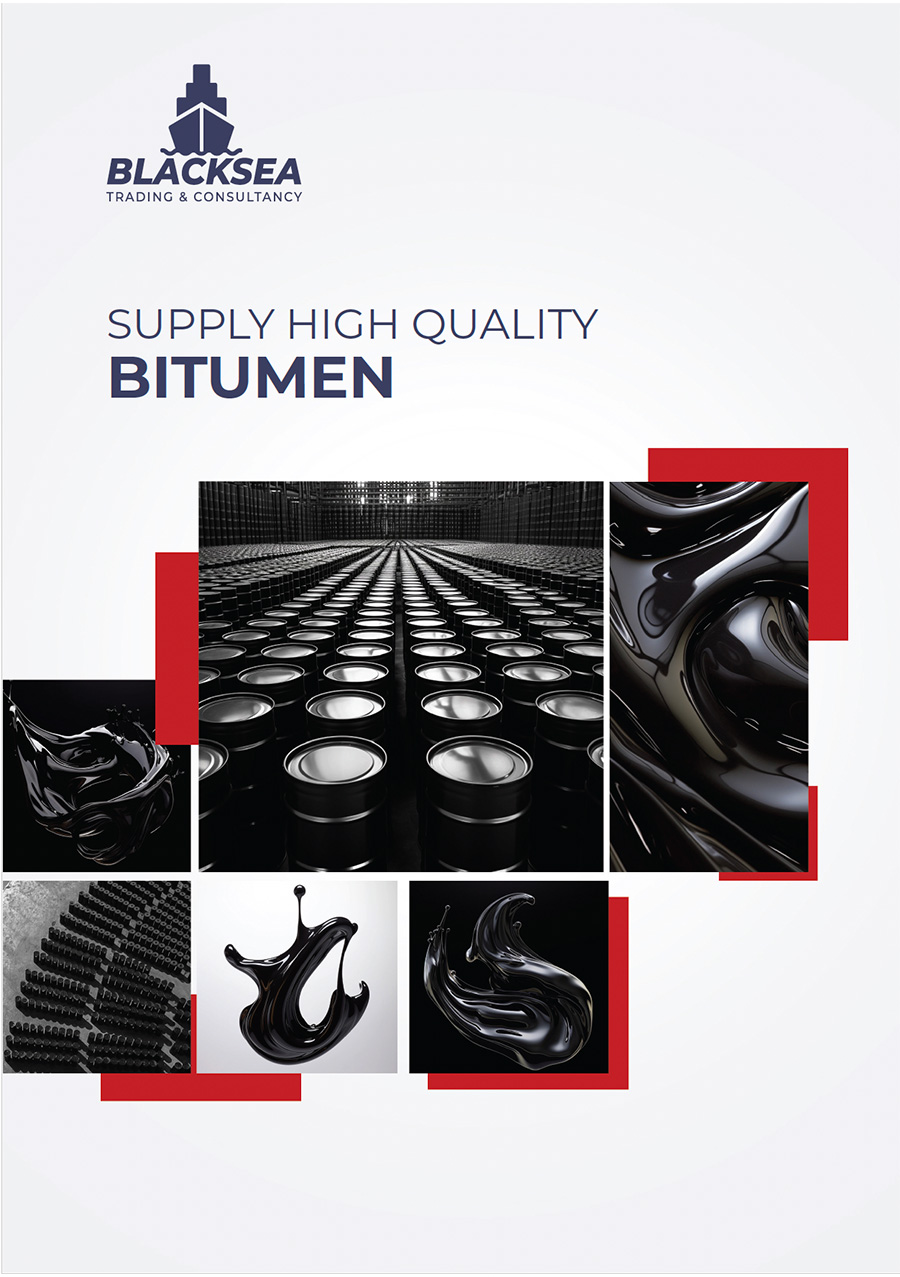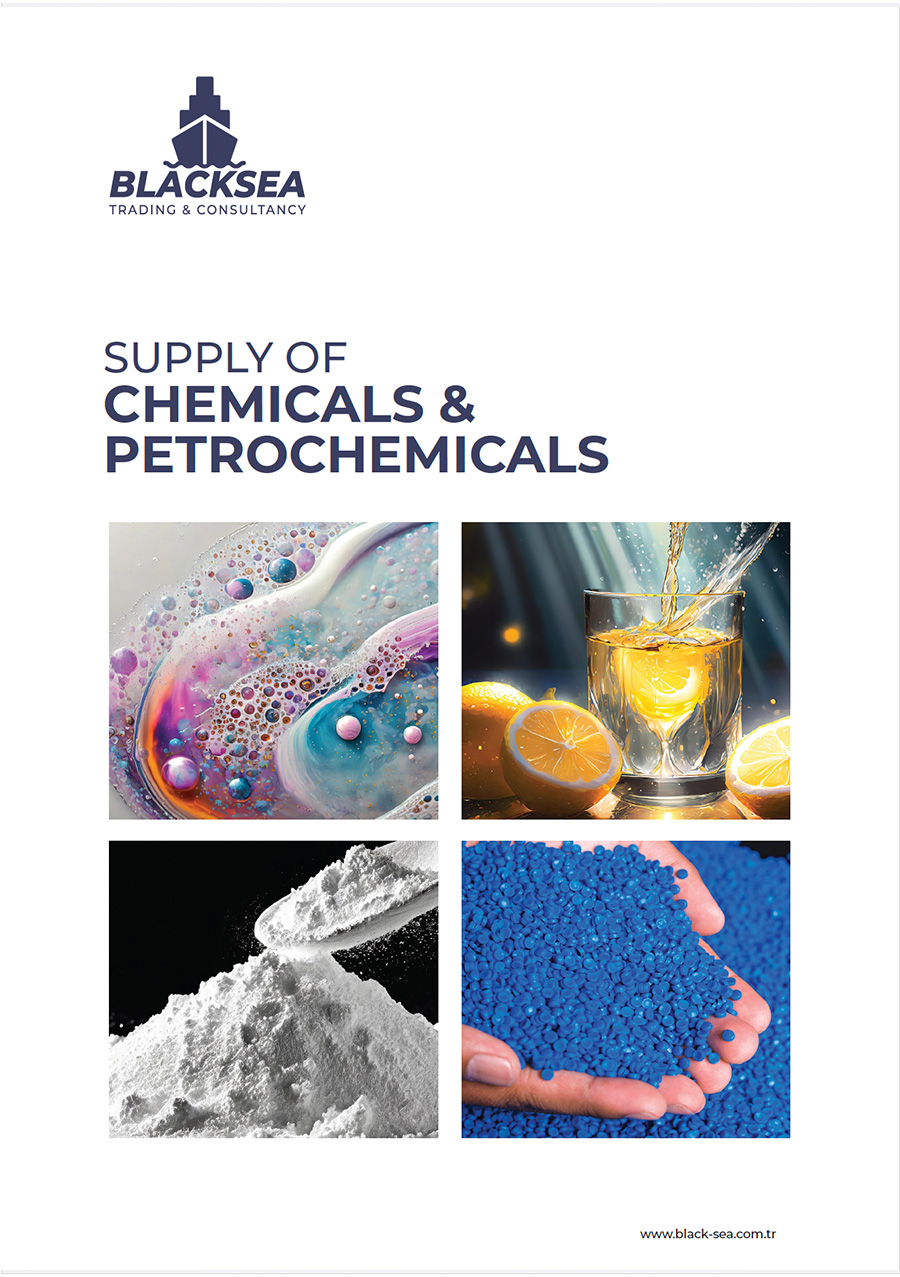
🛢️ Overview
Crude oil prices have experienced a significant decline over the past week, driven by a combination of supply-side pressures and weakening global demand. Brent crude fell below $66 per barrel, while WTI dipped close to $57 — marking the lowest levels since early 2021. These developments raise strategic questions for producers, traders, and policymakers alike, as the market grapples with oversupply and a potentially long-term demand plateau.
📉 What’s Behind the Decline?
OPEC+ Output Strategy Shifted
Initially planning to maintain output limits through 2024, OPEC+ unexpectedly increased production in response to diplomatic pressure from the U.S. During his recent visit to Riyadh, President Trump urged Saudi Arabia to ramp up oil exports to ease inflationary pressures at home. Consequently, OPEC+ added 411,000 barrels per day to global supply in May and June alone.
📰 Source: MarketWatch
Weak Global Demand Outlook
According to S&P Global Commodity Insights, projected global oil demand growth for 2025 has been revised downward to just 750,000 barrels per day, a sharp cut from earlier expectations of 1.2 million bpd. This slump is attributed to persistent economic sluggishness across OECD countries and softer-than-expected recovery in China.
📰 Source: S&P Global Press Release
U.S. Shale Under Pressure
Despite price drops, U.S. output remains resilient, although it is testing the profitability of shale producers. The Permian Basin, a major shale region, faces breakeven levels around $61–$65 per barrel — leaving many operators vulnerable as WTI prices approach or fall below those thresholds. Business Insider
🔮 Outlook for the Remainder of 2025
Goldman Sachs Forecast
Goldman Sachs projects that WTI crude will average $56 per barrel in 2025, and fall further to $52 by 2026, citing “structural oversupply and slowing global energy intensity.” Business Insider
China’s Energy Shift
China’s rapid transition to electric vehicles and renewables continues to erode oil demand. Analysts expect this to suppress global oil consumption growth, especially in the transport sector. S&P Global Energy Outlook
OPEC+ May Reverse Course
There is growing speculation that OPEC+ could announce production cuts at its next meeting if prices remain below $65 for an extended period. However, the effectiveness of such measures will depend heavily on demand-side recovery.
🧭 Strategic Implications
Producers must reassess capital expenditures and hedging strategies in light of narrower profit margins.
Refiners and traders may find short-term opportunities in volatility but should prepare for margin compression.
Investors are advised to monitor geopolitical developments and potential fiscal policy changes that may influence commodity flows.
Energy marketers should emphasize agility, data-driven campaigns, and emerging market demand patterns to stay ahead in uncertain terrain.
Crude oil markets are entering a transitional phase, where traditional demand drivers are weakening and supply is increasingly dictated by geopolitical interests rather than pure market logic. Stakeholders across the energy ecosystem must remain proactive, informed, and adaptive to navigate what appears to be a structurally evolving market.

Why Choose BLACKSEA TRADING COMPANY?
Quality Assurance: We ensure the highest quality standards for all our products, delivering reliability and excellence.
Competitive Pricing: Our commitment to fair and reasonable pricing ensures you get the best value for your investment.
Reliable Supply: Count on us for consistent and timely deliveries, maintaining seamless operations for your business.
Exceptional Service: Our team is dedicated to providing outstanding service, addressing your inquiries promptly and effectively.
Take this opportunity to optimize your sourcing strategy and benefit from our premium offerings. Please reach out to us at info@black-sea.com.tr to discuss your specific requirements or to place an order. We’re here to assist you in every step of the process.
We look forward to continuing our successful collaboration.







